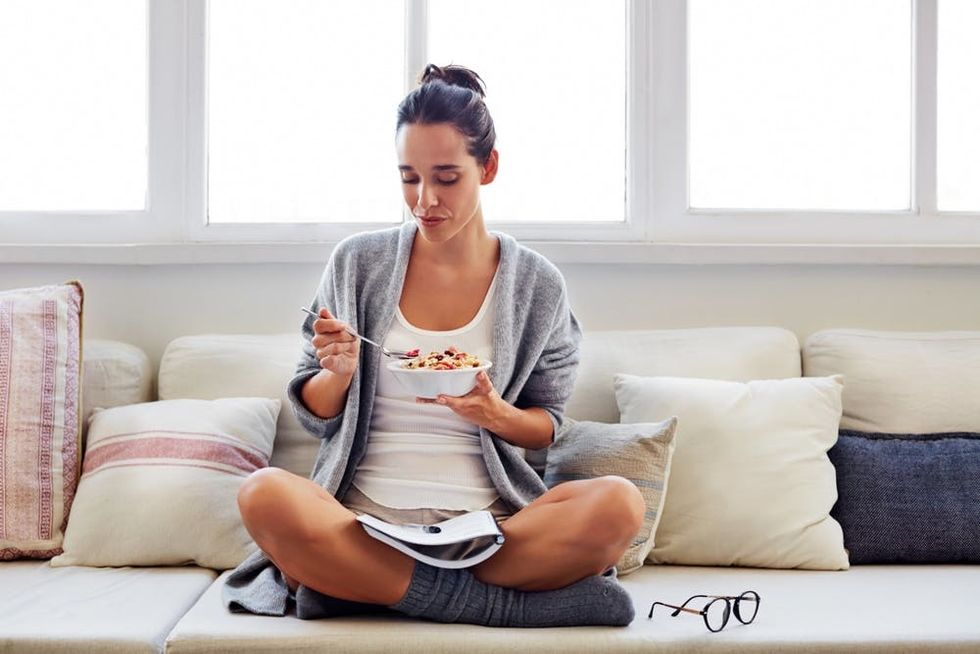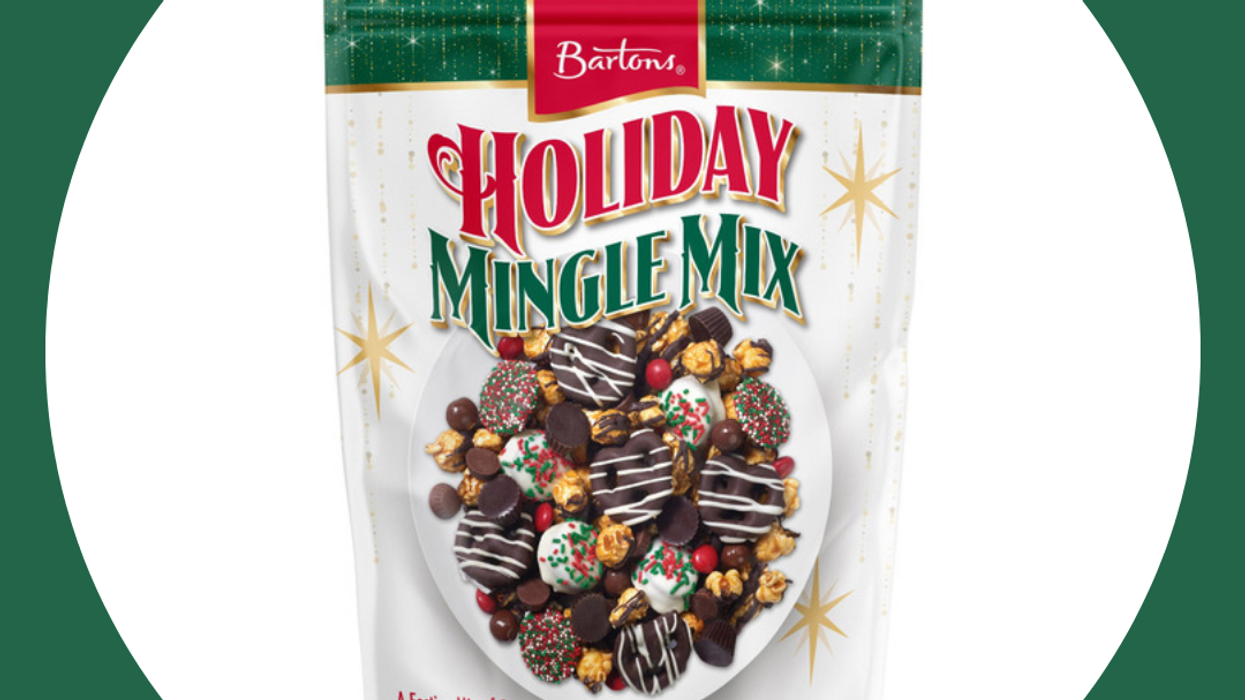Heard of food journaling?
The 15-Minute Practice That Could Change Your Eating Habits for Good

Many an infomercial has promised health results from dubious kitchen gadgets or exercise contraptions “in just minutes a day.” But there’s one practice that really could make a difference for weight loss and healthier eating in a small daily window, and it can be as simple as pen and paper. (Thank goodness, because who really wants to fork over “nine easy payments” or make room for a space-age fitness doohickey in your closet?) That simple solution? Keeping a food diary. Dietitians have long recommended food journaling as a tool for helping clients develop awareness around their eating habits. Now, new research reveals the major results that can come from putting even minimal effort into food journaling.
What the Research Says

As far back as 2008, one of the largest and longest-running weight loss trials ever conducted spelled out the benefits of food journaling. The research on nearly 1,700 weight-loss hopefuls found that people who kept careful track of what they ate each day shed twice as many pounds as those who did not. The best predictors of success were how frequently participants maintained their food journals and how much support they received from others. Simply put, said the study’s lead author, Dr. Jack Hollis, PhD, “The more food records people kept, the more weight they lost.”
Think keeping track of every little nibble and sip sounds like an arduous task? Think again. A 2019 study looked at exactly how much time people spent keeping detailed food journals. An average of 14.6 minutes a day was all it took to see improved rates of weight loss. Tellingly, an even bigger indicator of success was the frequency of log-ins to a food tracking app. People who lost 10 percent or more of their body weight in six months logged in an average of 2.7 times per day, compared with 1.7 times per day from those who lost less than 10 percent.
Why Food Journaling Is So Effective
Writing down the food you eat certainly isn’t rocket science, but it seems to be extremely effective. So what is it about this practice that could make such a big difference for reaching your weight loss goals? To get the lowdown, we checked in with dietitians who use food journaling to help their clients.
First, says registered dietitian and integrative nutritionist Anne Danahy, logging our daily intake tells us the real truth about what we’re eating — and often reveals our blind spots. “Most of us underestimate the number of calories we eat each day because we forget about mindless eating or drinking,” she says. “That handful of M&M’s that we grab when we pass by our colleague’s desk, the extra half glass of wine with dinner, or that extra spoonful of rice really adds up. When you’re diligent about keeping a journal, it’s easy to see where or what you need to trim.”
For people trying to follow a special diet, like keto or Atkins, a journal can sort out the details of macronutrient balance. “Anyone who is really trying to stay in ketosis needs to strictly limit their carb intake,” Danahy notes. “For this group in particular, food journaling via an app that calculates your carbs or macros is really helpful.”
Logging what you eat may even bring to light issues like food allergies or sensitivities that have caused unpleasant symptoms or prevented weight loss in the past. “I usually have people journal food, symptoms, and mood so we can easily look back and make connections between foods and symptoms,” says registered dietitian nutritionist Caitlin Beale. “This is less about tracking calories, protein, fat, carbs, etc. and more about making connections between intake and what may be happening in the body.”
Finally, beyond the nitty gritty of how many cups of rice or tablespoons of peanut butter you ate, a food diary can help you delve deeper into your emotional associations with food. “Food journaling can be a wonderful tool to make connections between what we eat and how we feel,” agrees Beale. You may be surprised to find your journal highlights a pattern of stress eating or an unhealthy restriction you can then begin to address.
Some Tips and Apps to Get You Started

Convinced that keeping track of your daily diet might be right for you? Danahy and Beale offer some suggestions for getting the most out of the practice. For one thing, it’s your diet and your life, so food journaling doesn’t have to look any certain way. “It can be as simple or detailed as you want to make it, depending on your goals,” encourages Danahy. Your food diary might be as low-tech as a spiral-bound notebook or as fancy as a customizable app. For the latter, Danahy recommends MyFitnessPal and Cronometer: “I always stress the importance of physical activity in any healthy eating plan. Both of these apps allow you to track not just food but exercise.”
If you really want to shine a spotlight on your eating habits, Beale advises getting as specific as possible. “Include all ingredients, even if they seem small,” she says. “Even that splash of cream in your coffee or that handful of almonds you grab as you walk through the kitchen counts.” Her go-to app is mySymptoms from Skygazer Labs, especially for anyone trying to make connections between food and physical symptoms.
Once you’ve started food journaling, you may decide to keep it up indefinitely — but even a short-term commitment can provide important insights that lead to better eating. Says Beale, “I don’t see it as a long-term necessity, but as a way to reset and open up a person’s eyes to habits, patterns, and ways to make simple changes for positive results.”
RELATED: 4 Writing Prompts to Help You Process Your Emotions
(Photos via Getty)



















